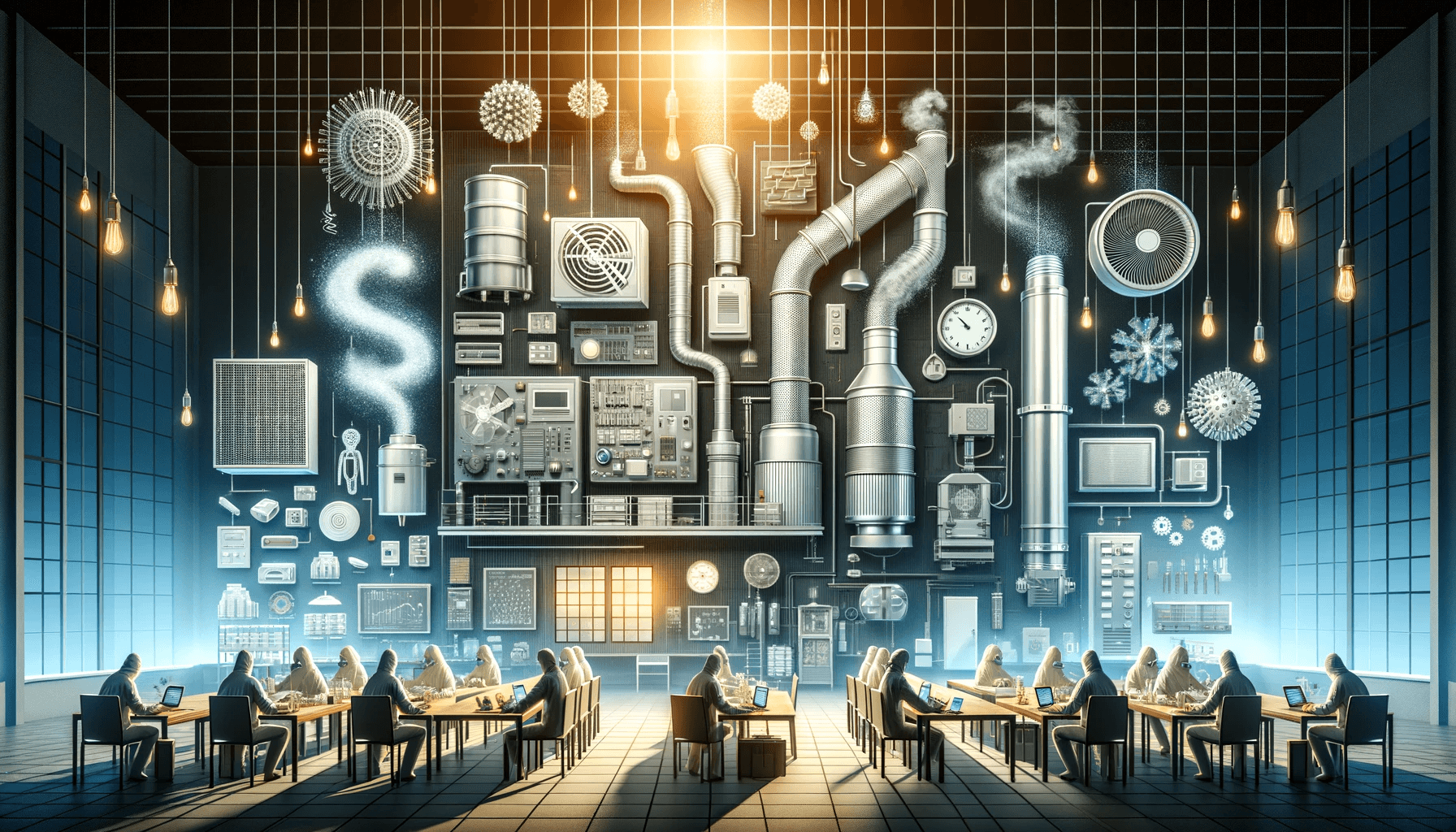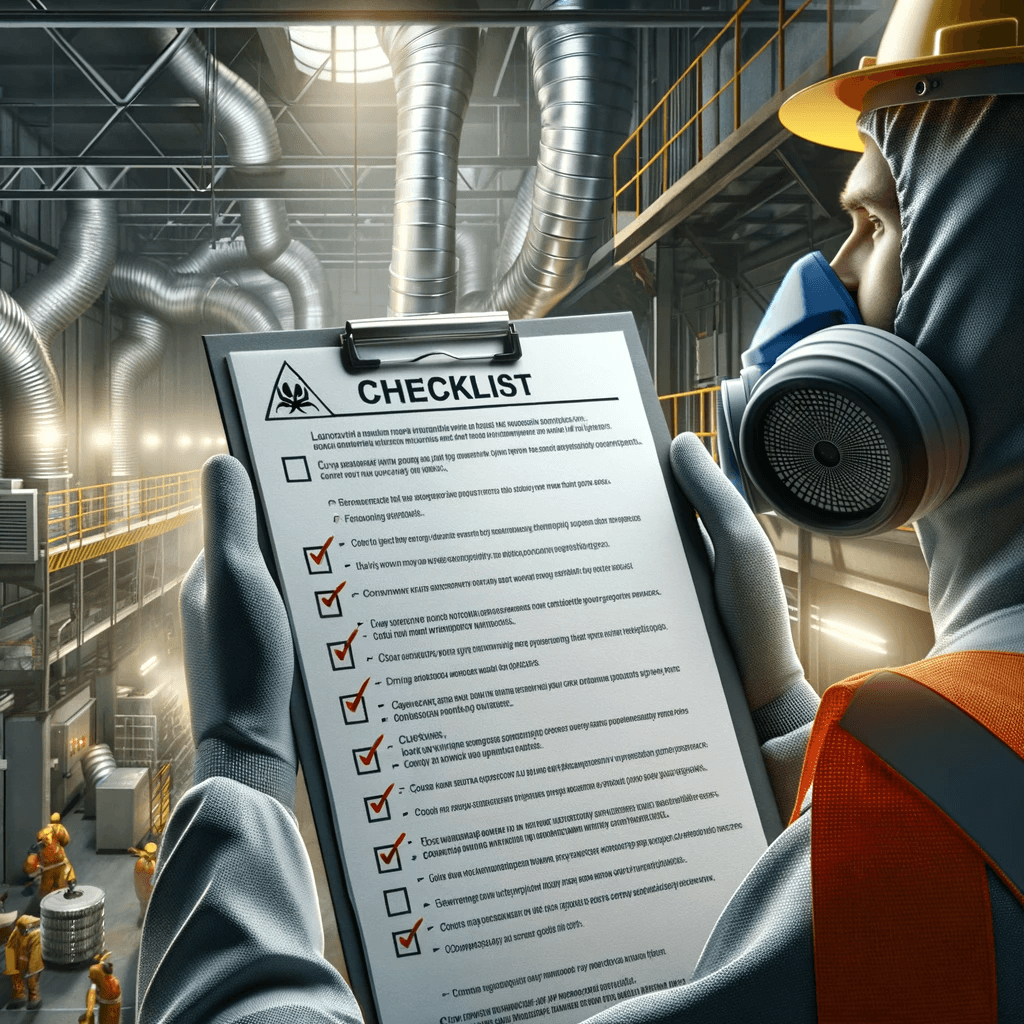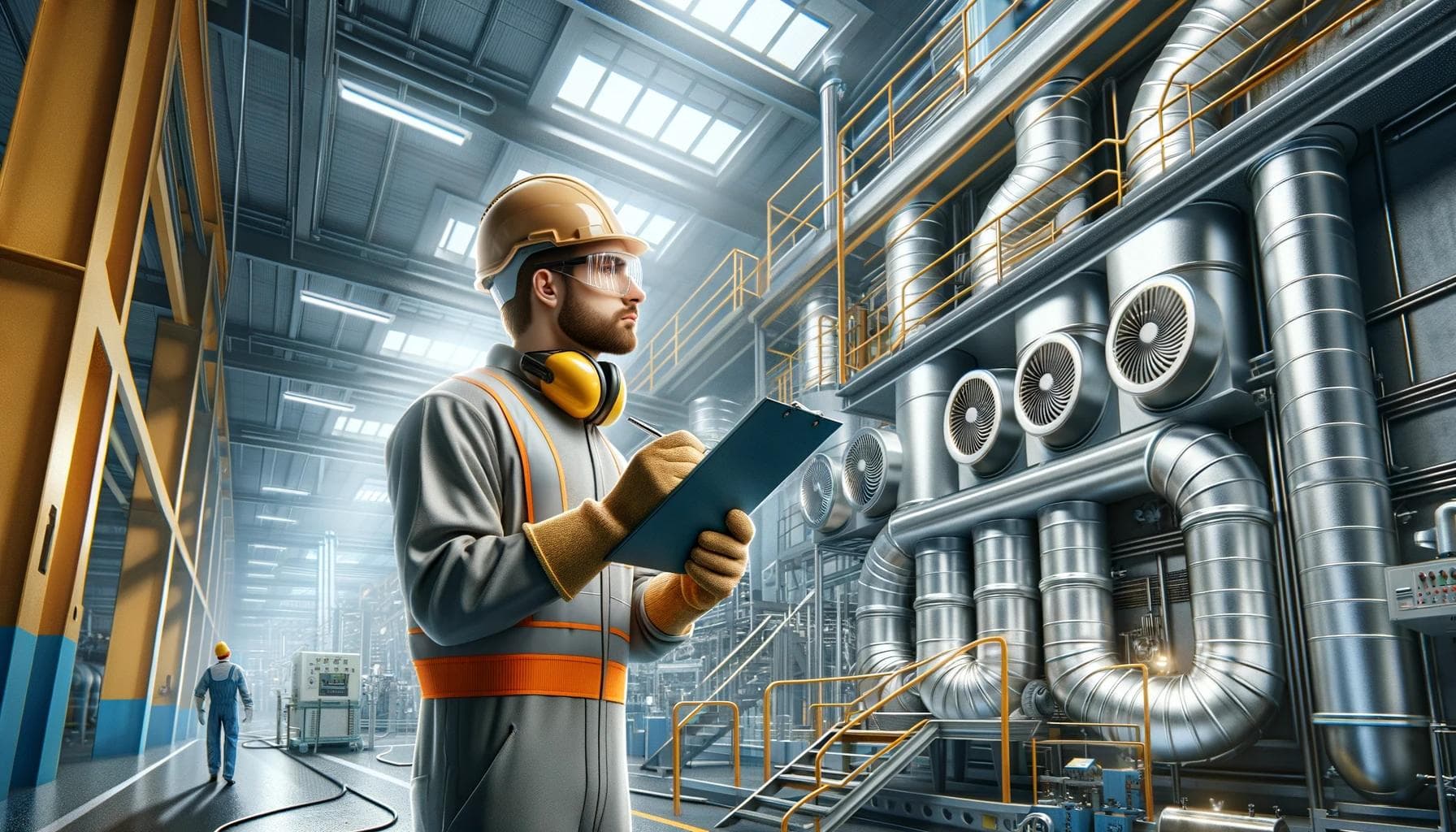Cost Analysis of LEV Installation: Budgeting for Your System
Understanding LEV Systems and Their Importance
When considering the implementation of Local Exhaust Ventilation (LEV) systems in your workplace, understanding their role and significance is essential. LEV systems are designed to remove airborne contaminants at the source, preventing employees from inhaling harmful substances. The benefits these systems offer in maintaining a safe and compliant work environment can't be overstressed. However, an equally important aspect is understanding the financial implications of LEV installation and operation.
Initial Investment Considerations
The upfront cost of LEV installation can be daunting for many businesses. However, investing in the health and safety of your workforce is a non-negotiable facet of responsible management. The initial investment typically includes the cost of purchasing the equipment, any modifications to your current workplace to accommodate the new system, and the installation service.
Choosing the Right LEV System
It's vital to select an LEV system that is tailored to your specific needs. The wrong choice can lead to inefficiency, increased running costs, or, worse, ineffective control of hazardous substances. Consider the types of contaminants, their sources, and the layout of your facility. Consulting with experts in LEV installation can provide you with the insight needed to make an informed decision.
Installation & Setup Costs
Installation costs will vary depending on the complexity of your chosen system. It includes labour, any necessary ductwork, and electrical work to integrate the system into your existing infrastructure. This phase should be meticulously planned and executed by professionals to avoid any unforeseen expenses arising from installation errors.
Ongoing Costs and Maintenance
While initial installation is a significant part of the budgeting process, one must not overlook the ongoing costs associated with maintaining an LEV system. These include energy consumption, replacement filters, parts, and regular LEV testing to ensure compliance with regulations.
Energy Consumption
Energy costs form a substantial portion of the ongoing expenses. The efficiency of your LEV system directly impacts these costs, so selecting energy-efficient models is advisable. It's essential to factor in these operational costs when budgeting for your system.
Regular Maintenance & Testing
To guarantee that your LEV system functions correctly and remains compliant with health and safety regulations, regular maintenance and testing are imperative. LEV testing is a legal requirement, and failing to adhere can result in fines or even business closure. Setting aside a budget for routine inspections and maintenance will safeguard against potential disruptions to your operations.
Replacement of Parts
Over time, filters and other components of the LEV system will require replacement. Anticipating these costs and establishing a replacement schedule can prevent unexpected expenses and downtime.
Cost-Saving Tips
While the costs associated with LEV systems can be significant, there are ways to manage and reduce these expenses effectively:
Choose the Right System: Investing in the correct system for your needs can lead to lower operational costs.
Professional Installation: Ensure installation is done by professionals to avoid any costly mistakes.
Energy Efficiency: Select energy-efficient systems and consider energy-recovery options.
Preventive Maintenance: Regular maintenance can prevent costly repairs and ensure system longevity.
Seeking Professional Guidance
Professional advice can be invaluable when it comes to LEV systems. Experts will help you navigate the complexities of choosing, installing, and maintaining your system. They can also assist with budgeting by providing insights into the total cost of ownership and operational costs.
Conclusion
Investing in an LEV system is a critical decision for the safety and well-being of your workforce. While the costs involved in LEV installation and maintenance might seem significant, they are a necessary investment in your business's future. It is essential to budget wisely and seek out professional guidance to ensure that your system is effective and cost-efficient. With proper planning and expert support, your LEV system will provide a safe working environment and offer peace of mind that your business complies with health and safety regulations.
Understanding the cost implications of LEV systems is just the beginning. Reach out to professionals who specialise in LEV testing and maintenance to ensure that your system remains effective over the long term, protecting both your employees and your bottom line.
FAQs
What factors should be considered when choosing an LEV system?
When selecting a Local Exhaust Ventilation (LEV) system, it is crucial to consider the specific contaminants present, their sources, and the layout of your facility. Tailoring the LEV system to your needs is essential to ensure efficient and effective control of hazardous substances. Additionally, consulting with LEV installation experts can provide valuable insights to make an informed decision that meets your workplace safety requirements.
What are the ongoing maintenance costs associated with an LEV system?
Ongoing maintenance costs for an LEV system include energy consumption, replacement filters, parts, and regular testing to ensure compliance with health and safety regulations. Energy efficiency plays a significant role in operational expenses, so it's advised to choose energy-efficient models. Budgeting for routine inspections and maintenance is also key to prevent disruptions and avoid potential legal issues arising from non-compliance.
How can businesses manage and reduce the costs of operating an LEV system?
Businesses can manage and reduce the costs of operating an LEV system by investing in the right system from the start, ensuring professional installation to avoid costly errors, selecting energy-efficient models, and conducting preventive maintenance to prevent expensive repairs. Seeking professional advice can also aid in understanding the total cost of ownership and help find ways to minimize operational costs over time.
Key Takeaways
1. Understanding and selecting the appropriate Local Exhaust Ventilation (LEV) system for a specific workplace is paramount. Tailoring the system to match contaminants, sources, and facility layout ensures effectiveness and efficiency in maintaining a safe work environment. Consulting with LEV specialists is crucial for informed decision-making in installation and budgeting, which can optimize initial investment and long-term operational costs.
2. The financial aspect of LEV systems encompasses both upfront installation costs and ongoing operational expenses. Upfront costs include purchasing equipment, workplace modifications, and professional installation services. Ongoing expenses involve energy consumption, regular maintenance, replacement parts, and mandatory LEV testing to comply with health and safety regulations. Budgeting wisely for these costs is necessary to avoid unexpected expenditure and ensure system longevity.
3. Cost-saving strategies for LEV systems include selecting energy-efficient models, proper system choice, professional installation, and preventive maintenance. Such measures not only reduce operational costs but also minimize the risk of costly future repairs and non-compliance penalties. Professional guidance is instrumental for companies to understand the total cost of ownership and to implement practices that will sustainably manage and reduce these costs over time.


